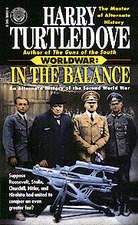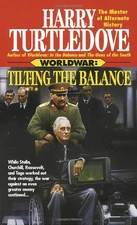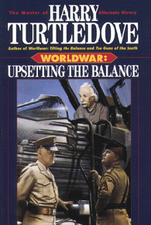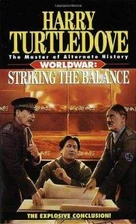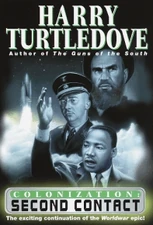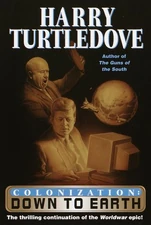
The Church of Jesus Christ of Latter-day Saints, informally known as the LDS Church or Mormon Church, is a nontrinitarian Christian church that considers itself to be the restoration of the original church founded by Jesus Christ. The church is headquartered in the United States in Salt Lake City, Utah, and has established congregations and built temples worldwide. According to the church, it has over 17 million members and 62,544 full-time volunteer missionaries. Based on these numbers, the church is the fourth-largest Christian denomination in the United States as of 2012, and reported over 6.7 million US members as of 2021.
Formed for the most part in 1830 by Joseph Smith in upstate New York, the LDS Church grew quickly. However tensions over Smith's doctrine of polygamy put Mormons at odds with the rest of the United States. The church and its members moved west, first to Ohio, then Illinois. In 1844, Smith and his brother were murdered, prompting the church's new leader, Brigham Young, to move the church two years later to the Utah Territory. Young established the Church as the dominant governing body in Utah, and advocated for polygamy. Tensions rose again in 1857 as consequence of Young's theocratic rule, leading to an actual war between the Church and the United States, and an invasion of Utah Territory by the United States Army. Young agreed to be replaced by a non-Mormon governor, although the Church still wielded most of the power in the territory.
The issue of polygamy once again raised its head throughout the late 1870s and 1880s, until the U.S. government seized the assets of the Church and disincorporated it. In response, the Church officially suspended polygamy. Relations improved dramatically from then on. Utah was admitted as a state in 1896. Throughout the 20th Century, the Church made successful efforts to expand beyond the U.S., becoming a worldwide organization.
The Church of Jesus Christ of Latter-day Saints in Days of Infamy
Mormons made up the majority of the population in the State of Utah. Many citizens of the US only considered them an oddity. US Navy pilot Orson Sharp was a Mormon.
The Church of Jesus Christ of Latter-day Saints in The Disunited States of America
Literary comment
Although the break-point occurred before Joseph Smith's birth, there is a Rocky Mountains-based nation-state called Deseret. That name is uniquely Mormon, suggesting that some form of the Church exists in the alternate universe, but no details are shared.
The Church of Jesus Christ of Latter-day Saints in "Manuscript Tradition"
Mormons were targeted by a riot in Sacramento, West Coast, in 2219.[1]
The Church of Jesus Christ of Latter-day Saints in Southern Victory
The term Mormons referred to adherents of the Church of Jesus Christ of Latter-day Saints. The religion, which forbade the use of alcohol, tobacco, and caffeine, originated in the United States (where Mormons settled primarily in Utah), and after the War of Secession established small, negligible pockets in the Confederate States. The Mormons were universally despised by non-Mormons throughout both countries for their practice of polygamy, and felt marginalized by the United States. The Mormons launched resistance movements against the US in the 1850s, the Second Mexican War, the Great War, and the Second Great War, aiming to create the independent state of Deseret. The last three were all supported by the Confederates.
In 1942, US President Charles W. La Follette received an emissary from the Mormons to discuss terms of a ceasefire. The move was extremely unpopular and was criticized not only by Democrats such as Robert Taft but from within the Socialist Party, most vocally by Congresswoman Flora Blackford. The terms La Follette offered were rejected by the Mormons, and the uprising continued. Mormons resources were limited, and by early 1943 an ultimate US victory was all but assured. Knowing they were bound to lose a conventional military campaign, the Mormons gradually turned their efforts to terrorist campaigns that targeted both US military installations in Utah and civilian institutions in Philadelphia and other American cities.
Ultimately the Mormons ran out of strength, and sought to surrender. The Congressional Joint Committee on the Conduct of the War debated on how to prevent a recurrence down the line, with one proposed idea being the forcible resettlement of all Mormons to the eastern end of the Sandwich Islands, where they'd be less likely to cause trouble. Neither this nor any other solution had been adopted by 1945.
The Church of Jesus Christ of Latter-day Saints in Worldwar
Physicist Jens Larssen found Mormon doctrine to be among the silliest religions, yet had to admit that Mormons were the most law-abiding, non-violent people he had encountered of late. He began to wonder if strong belief, no how matter how ridiculous, made better people, and if trading intellectual curiosity for obedience to doctrine was more liberating and restful. Still, he preferred pulling provable truths from the natural world over theological mumbo jumbo.[2]
References
| |||||||||||||||||
| |||||||
| |||||||||||||||||||||||||














